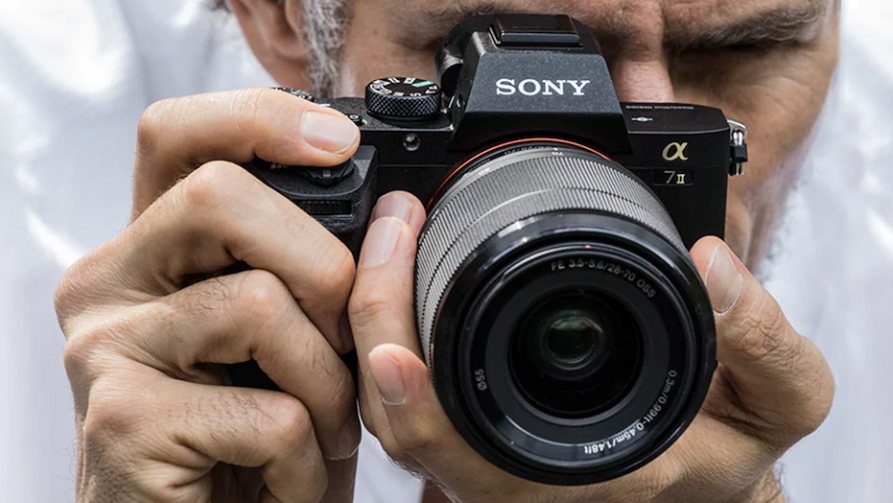Why you can trust TechRadar
Performance
- Image stabilization works well
- Auto White Balance is a good performer
- Good focusing performance
Naturally, we were keen to investigate the performance of the A7 II's stabilisation system. When using the camera with the Carl Zeiss Vario-Tessar FE 24-70mm f/4 ZA OSS lens mounted, which is stabilized, we found we could get acceptably sharp results at 70mm using a shutter speed of 1/6sec. While this stabilisation doesn't quite meet the 4.5EV maximum claimed by Sony, it is very good. It's important to remember that the results can vary from person to person and factors such as how much coffee you've drunk can have an impact!
The automatic white balance system is also a good performer and can be relied upon in a wide range of lighting conditions. As usual it struggles a bit under some artificial lighting, but it's very easy to set a Custom white balance value. You just navigate through the white balance options to the Custom Setup option, press the button at the centre of the navigation controls to select it, then aim the lens at a neutral target before pressing the central button again. You then have the option to assign the recorded value to one of the three custom settings for later selection.
When shooting outside in bright winter sunshine, we found that many of my images benefitted from dialling a little negative exposure compensation when using the A7 II's 1200-zone evaluative metering system. In some cases I did this to retain the highlights and in others to give better colour straight from the camera. The benefit of an electronic viewfinder is that you can see the impact of any exposure adjustments before taking the shot, so the need for exposure compensation isn't a major drama.
In normal outdoor daylight conditions the A7 II's autofocus system is very good, being fast and accurate in most situations
In normal outdoor daylight conditions the A7 II's autofocus system is very good, being fast and accurate in most situations. It even copes well with moving subjects and can keep up with them as they move away from or towards the camera. The Lock-on AF modes are particularly good with this type of situation. Once the subject is identified, the camera draws a box around it, the shape and size of which varies depending upon how the camera perceives the subject. The box then stays over the subject as it moves around the frame – unless the subject moves a bit too fast or erratically.
The AF system still does a very respectable job in low lighting situations, but in very low light there's sometimes a little hesitancy and a back-and-forwards adjustment.
While the A7 II's AF system is very capable, professional or enthusiast sports photographers are probably better off with cameras like the Canon EOS 7D Mark II or Nikon D500 which give them greater control over how a subject is tracked. I found the A7 II was able to keep up with a runner and produce a series of sharp images in daylight, with just one or two having missed focus.
Image quality
- Alpha A7 II produces very high quality images
- Good image noise control
- Produces pleasant colors
We were very impressed by the results produced by the original Sony A7 and as the A7 II uses the same sensor and processing engine we knew that it would perform well. Our faith has not been disappointed as the Alpha A7 II produces very high quality images in a range of conditions and it's capable of capturing lots of detail.
Image noise is also controlled well through the lower, middle and moderately high sensitivity settings. By ISO6400 there's quite a bit of chroma noise visible in raw files viewed at 100% and when noise reduction is turned off. Simultaneously captured JPEG files in the camera's default noise reduction setting, however, look very good. The colored speckling is concealed well without too much loss of detail. The remaining luminance noise is fine-grained and evenly distributed with no banding or clumping so images look natural even at 100%.
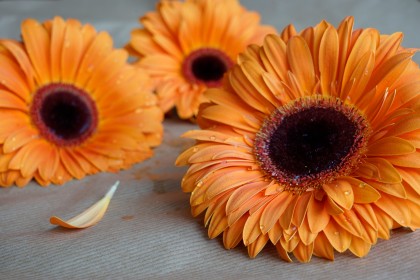
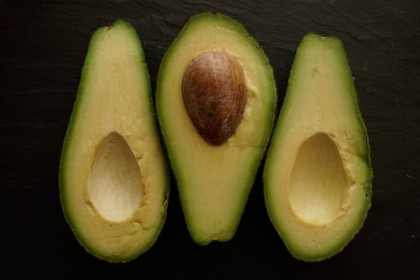
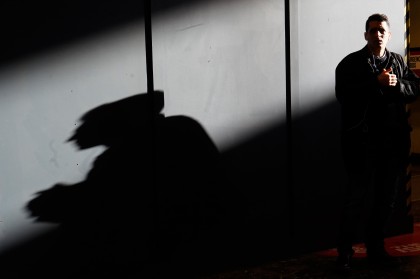
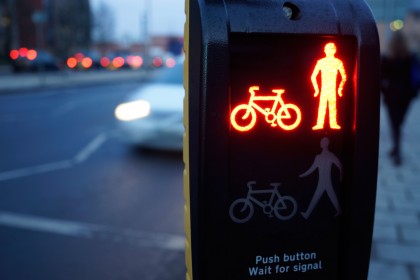
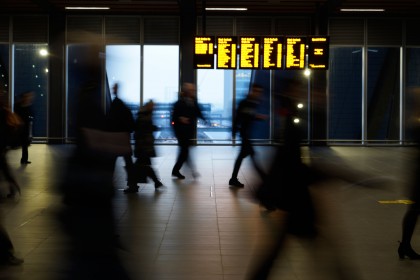
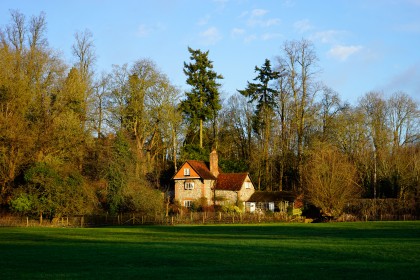
Step up to ISO 12,800 and 25,600, however, and the noise reduction applied to JPEGs starts to take its toll, with more noticeable loss of detail and smoothing at 100%. Simultaneously captured raw files bring the opportunity to fine-tune noise reduction to find an acceptable mid-ground with some noise visible along with greater detail. For the most part though, I would avoid the top sensitivity setting if you want to view images at high magnification or make prints at A4 size or larger.
At 100%, edges in the A7 II's JPEGs captured at low and mid-range sensitivities are a little more defined than the area between them, which makes the images look quite digital at this magnification. At normal viewing and printing sizes, however, the results look superb.
For the most part the A7 II produces very pleasant colors in its default 'Standard' Creative Style mode. It's a good all-round option, but the 'Landscape' setting tends to produce more attractive landscape images with greater saturation, a little more warmth and slightly higher contrast.
